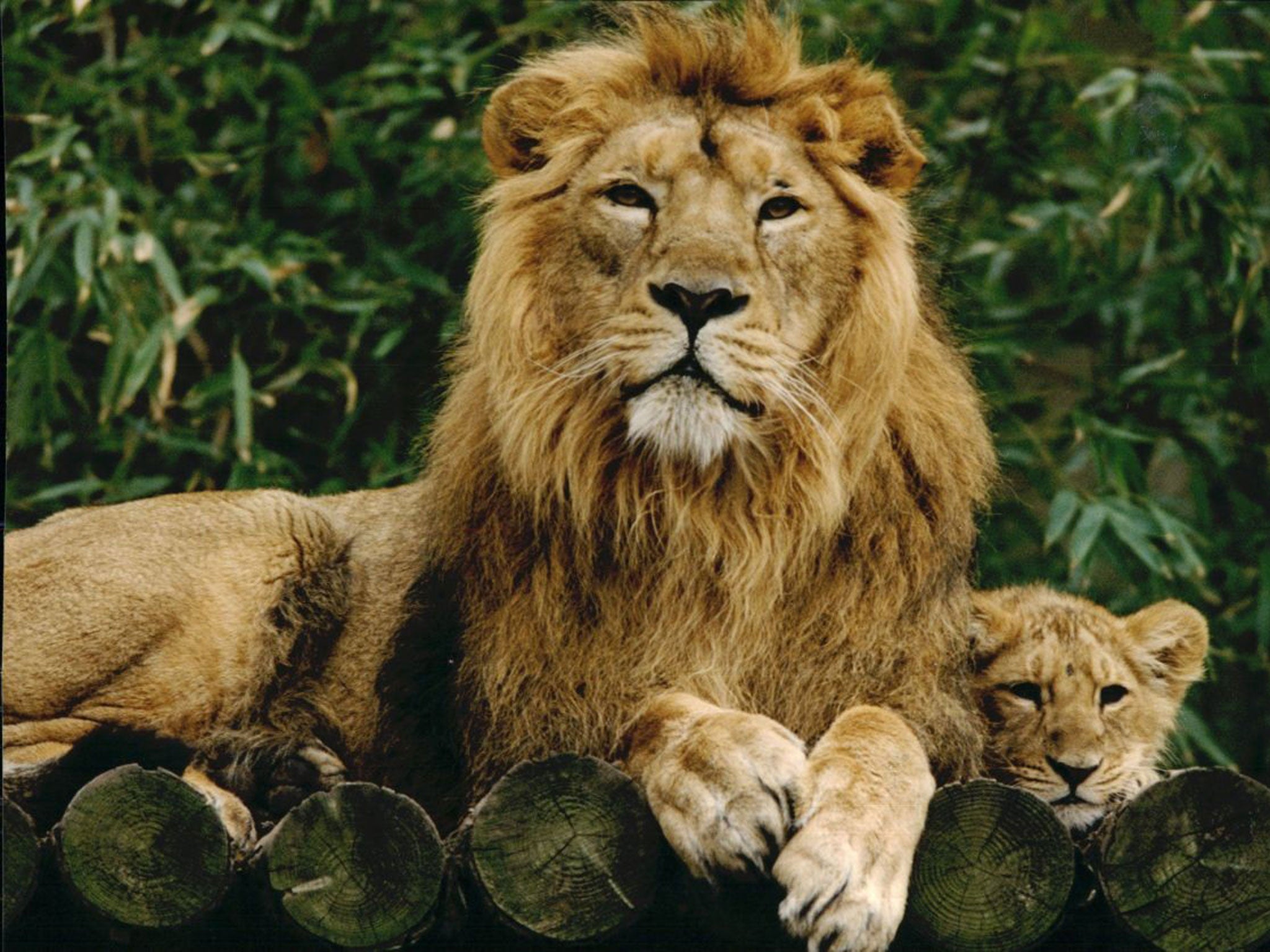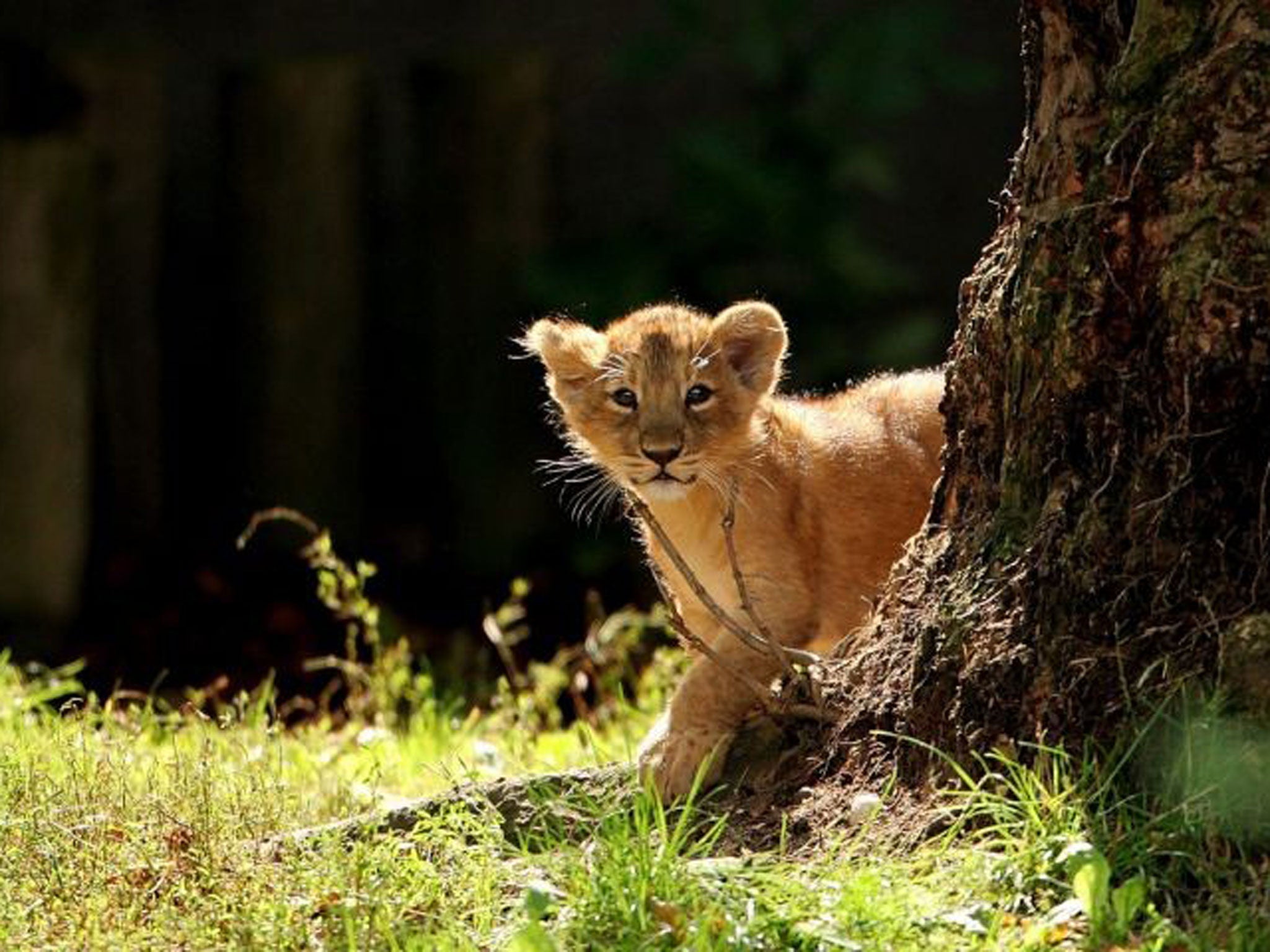London Zoo to increase pride of Asiatic lions and fund conservation work in India to save dwindling wild population
To most of us, lions are African, but many of the great beasts of legend were Indian. Now a zoo plans to breed more of them

Your support helps us to tell the story
From reproductive rights to climate change to Big Tech, The Independent is on the ground when the story is developing. Whether it's investigating the financials of Elon Musk's pro-Trump PAC or producing our latest documentary, 'The A Word', which shines a light on the American women fighting for reproductive rights, we know how important it is to parse out the facts from the messaging.
At such a critical moment in US history, we need reporters on the ground. Your donation allows us to keep sending journalists to speak to both sides of the story.
The Independent is trusted by Americans across the entire political spectrum. And unlike many other quality news outlets, we choose not to lock Americans out of our reporting and analysis with paywalls. We believe quality journalism should be available to everyone, paid for by those who can afford it.
Your support makes all the difference.They roared in Roman amphitheatres, did Biblical battle with Samson, and are immortalised on flags across the world.
But numbers of the Asiatic lion, once found from Europe to the Far East, have dwindled to just a few hundred in India. Its decline – partly the result of an epic slaughter by European hunters in the 19th and 20th centuries – has been so great that for many people today, lions are synonymous with Africa.
As part of international efforts to save the Asian lion, however, ZSL London Zoo is planning a £5.7m project to increase the size of its lion enclosure fourfold and fund conservation work on the last remaining wild population in the Gir Forest National Park in the western Indian state of Gujarat.
As the zoological director, David Field, explained, the effort to increase the number of Asiatic lions from five to as many as 12 in a new enclosure will allow the zoo to play a greater part in a captive breeding programme in a drive to prevent the subspecies from going extinct.
“During the Raj in India, huge lion hunts were responsible for the widespread decimation of lions in India,” Mr Field said. “I think it’s about time we gave something back.”

Some estimates say that, in the early part of the 20th century, numbers of the Asiatic lion or Panthera leo persica, fell to under 20 worldwide. There are now more than 400 living in the Gir Forest.
However, the population is beset by problems, not least that their existence has largely been forgotten outside India. A London Zoo survey of its visitors found that “most people think lions are from Africa”.
This was not always the case. The Asiatic lion – found in Greece in ancient times and in the Middle East in the 19th century – would have been well known to medieval Europeans, and could have been the lion seen on flags, in heraldry and as an honorific for people such as Richard the Lionheart. Another candidate for the lion that so impressed early Europe, the Barbary lion of northern Africa, is extinct in the wild today.
Mr Field said that saving the Asiatic lion, slightly smaller with a larger tail tuft than its African cousin, presented “an incredible conservation challenge”, although “the population in India is stable, in fact growing just a little bit”.
Gir Forest National Park is surrounded by urban areas and, according to the International Union for Conservation of Nature, there are even fears that the current size of the lion population “is larger than the estimated carrying capacity of the habitat and prey base”.

The renowned Indian wildlife photographer Bhushan Pandya, who has taken pictures of Gir lions for 30 years and works closely with India’s Wildlife Conservation Trust, welcomed the London Zoo project. But he warned that it is difficult to reintroduce into the wild animals that had been bred in captivity. The secret to the Gir project’s recent success was, he said, that lions and people had found a way to live in “unusual harmony”.
Mr Field said the new enclosure at London Zoo would, if it secured planning permission, be “world class as far as lions are concerned”.
It will provide a range of different kinds of environments such as places where the lions can “curl up and look at the public”, high points where they can survey London, and areas of dense foliage where they can hide.
“I think the lions can expect something very special,” Mr Field said.
Join our commenting forum
Join thought-provoking conversations, follow other Independent readers and see their replies
Comments